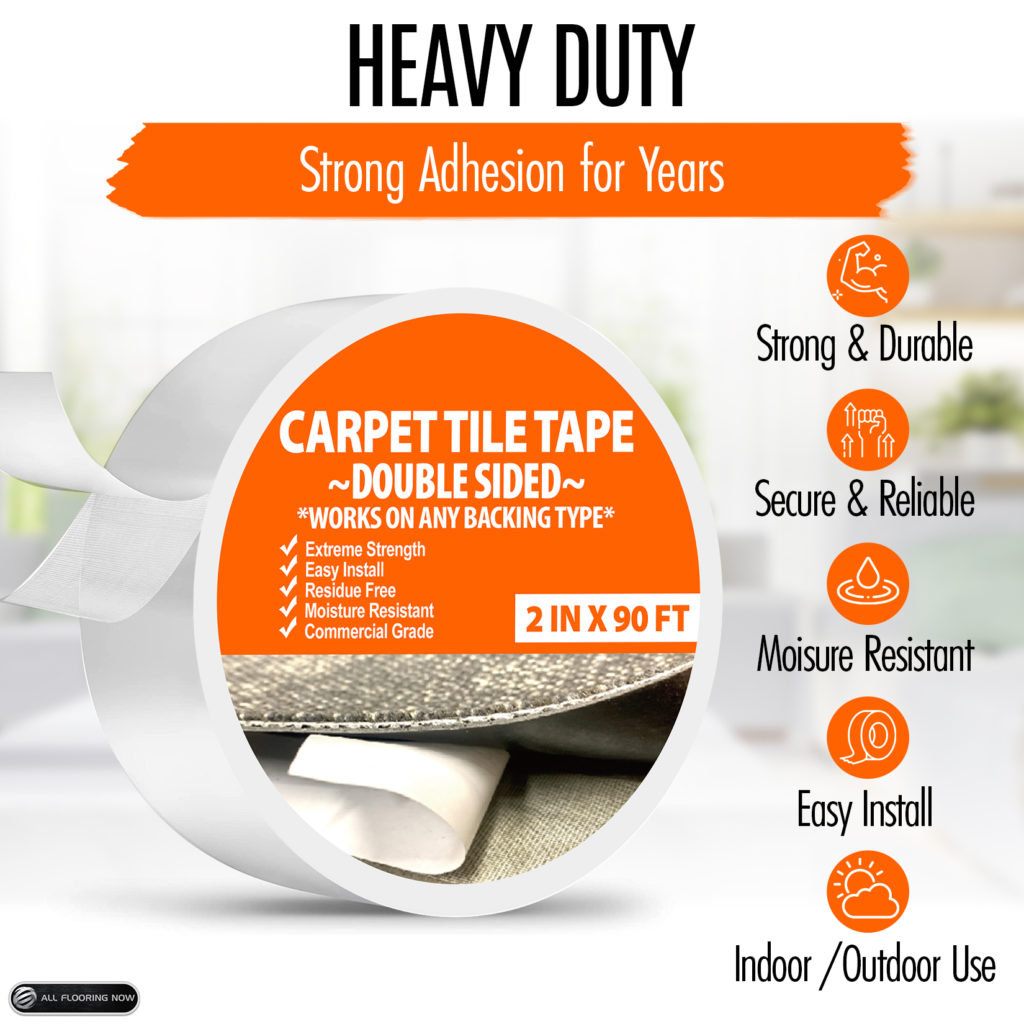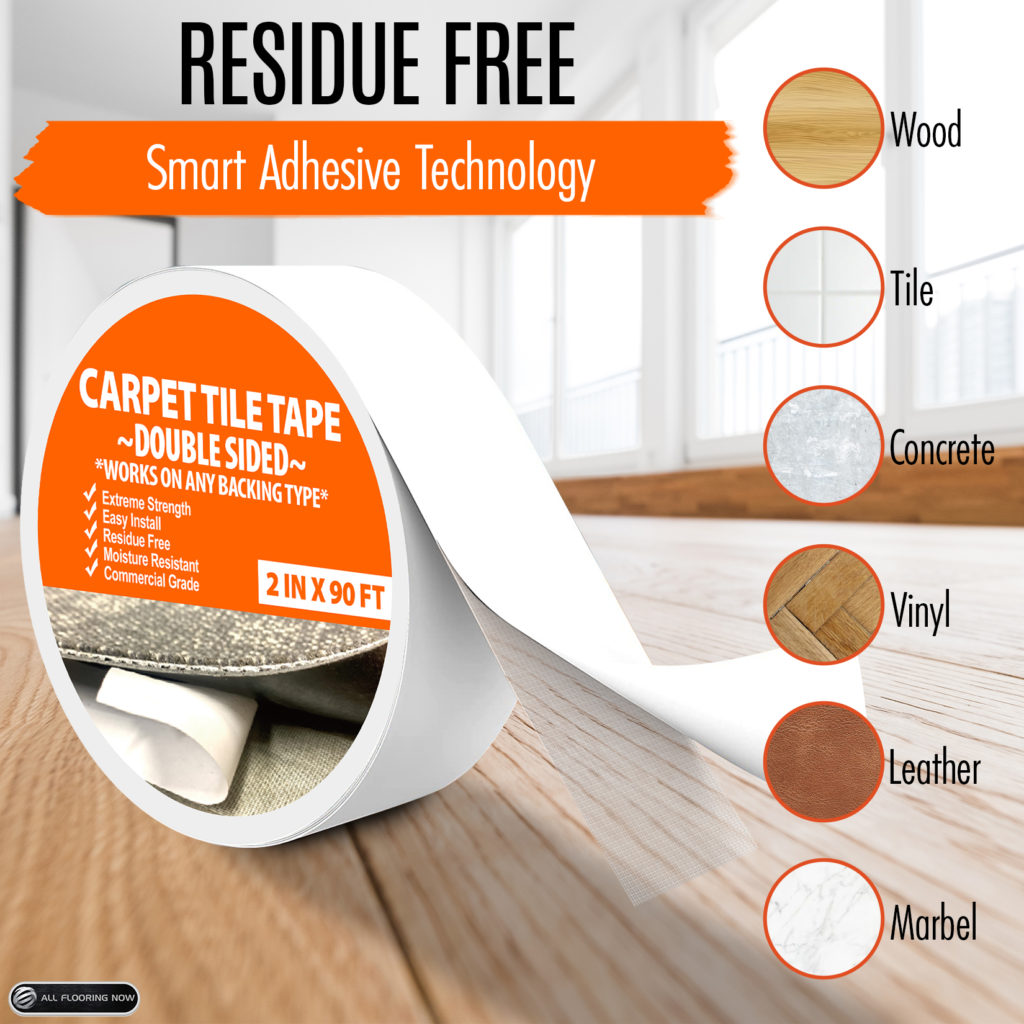Double-Sided Tape vs. Traditional Adhesives: Which One Wins?
Share
When it comes to bonding materials together, adhesives play a crucial role in various applications. From household repairs to industrial assembly, choosing the right adhesive can significantly impact the strength and longevity of the bond. Among the plethora of adhesive options available, heavy duty double-sided tape and traditional adhesives stand out as popular choices. In this article, we will compare double-sided tape with traditional adhesives, exploring their advantages, ease of use, and long-term durability to determine which one comes out on top.
What is Double-Sided Tape?
Double-sided tape, as the name suggests, is a tape with adhesive coating on both sides, allowing it to stick to two surfaces simultaneously. It typically comprises a carrier material, such as foam, film, or paper, with adhesive layers on both faces. The adhesive used can vary, from acrylic and rubber-based to modified silicone formulations, each designed to cater to specific bonding requirements.
- Advantages of Double-Sided Tape
Ease of Application
One of the primary advantages of double-sided tape is its simplicity of use. Unlike traditional adhesives that require precise application and clamping, double-sided tape allows for quick and clean bonding. Users can easily peel off the protective liner, apply the tape to the surface, and press the materials together. This ease of application makes it an ideal choice for DIY projects, home repairs, and industrial assembly, where efficiency is crucial.
Bonding Dissimilar Materials
Double-sided tape excels at bonding different materials together, such as metal to plastic, glass to wood, or rubber to fabric. Traditional adhesives may struggle with such dissimilar substrates, but double-sided tape can create strong and reliable bonds, making it a versatile solution for a wide range of applications.
Invisible Bonding
When aesthetics matter, double-sided tape shines. Its ability to create invisible bonds makes it an excellent choice for applications where the bonding point should not be visible. Unlike traditional adhesives that can leave messy residues or require additional finishing work, double-sided tape offers a clean and seamless appearance.
Vibration Dampening
In industrial settings or automotive applications, vibrations can weaken traditional adhesive bonds over time. Double-sided tape, especially foam-based variants, acts as a vibration dampener, absorbing shocks and minimizing stress on the bonded materials. This attribute enhances the durability of the bond, reducing the risk of failures caused by dynamic forces.
Time-Saving and Efficient
For large-scale applications, double-sided tape proves to be time-saving and efficient. In manufacturing and assembly lines, the quick application process ensures faster production rates, leading to reduced labor costs and increased output.
- Traditional Adhesives
Traditional adhesives include options like cyanoacrylate (super glue), epoxy, polyurethane, and various solvent-based adhesives. Each of these adhesives has its unique properties, advantages, and limitations.
Bond Strength and Durability
In terms of sheer bond strength, traditional adhesives can offer exceptional performance. Epoxy, for example, is known for its high tensile and shear strength, making it suitable for heavy-duty applications. However, the long-term durability of traditional adhesives may vary depending on the materials, environment, and specific adhesive used.
Application Challenges
Traditional adhesives often require precise application and proper surface preparation for optimal bonding. Some adhesives may need clamping or curing time to reach their full strength. This complexity can slow down the bonding process and add extra steps to projects.
Curing and Setting Time
The curing and setting time of traditional adhesives can be a drawback in time-sensitive applications. While some adhesives offer quick setting times, others may require several hours or even days to reach their maximum strength.
Chemical Reactions and Odor
Certain traditional adhesives, like cyanoacrylate (super glue), release strong fumes during application, leading to potential health concerns. Additionally, some adhesives may undergo chemical reactions with certain materials, causing damage or weakening the bond.
- Double-Sided Tape vs. Traditional Adhesives: The Verdict
The choice between double-sided tape and traditional adhesives depends on the specific requirements of the application. Here's a summary of when each type is preferable:
Choose Double-Sided Tape When:
- Quick and easy application is crucial.
- Bonding dissimilar materials with ease is necessary.
- A clean and invisible finish is desired.
- Vibration dampening is required for dynamic applications.
- Efficiency and time-saving are essential in large-scale projects.
Choose Traditional Adhesives When:
- Exceptional bond strength and durability are critical.
- Curing and setting time can be accommodated.
- The application necessitates specific chemical properties like resistance to extreme temperatures or chemicals.
- The adhesive can be properly applied, considering surface preparation and curing requirements.
In the battle between double-sided tape and traditional adhesives, there is no definitive winner. Each type of adhesive offers unique advantages that suit different applications. Double-sided tape excels in ease of use, bonding dissimilar materials, providing invisible finishes, and offering vibration dampening. On the other hand, traditional adhesives shine in delivering exceptional bond strength and catering to specific chemical and environmental requirements.
Ultimately, the best choice depends on the needs of the project. Double-sided tape proves to be a versatile, user-friendly, and efficient option for various DIY, home, and industrial applications. Meanwhile, traditional adhesives remain indispensable in applications that demand high strength, extreme durability, and tailored chemical properties. By understanding the strengths of each adhesive type, users can make informed decisions, ensuring successful bonding solutions for their projects.




